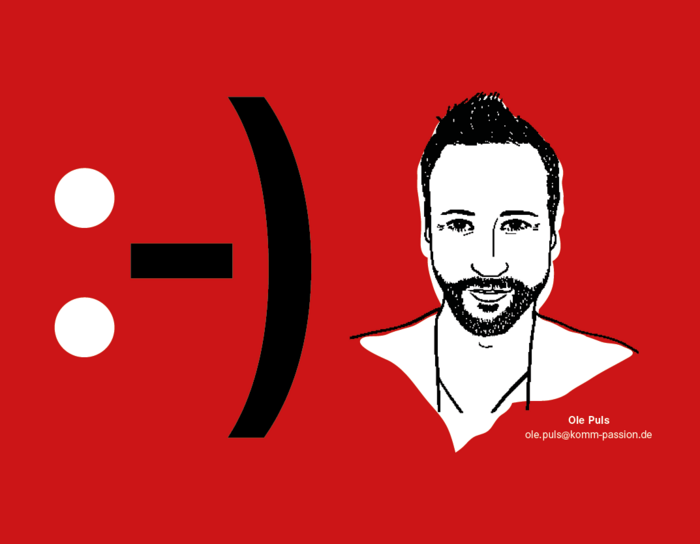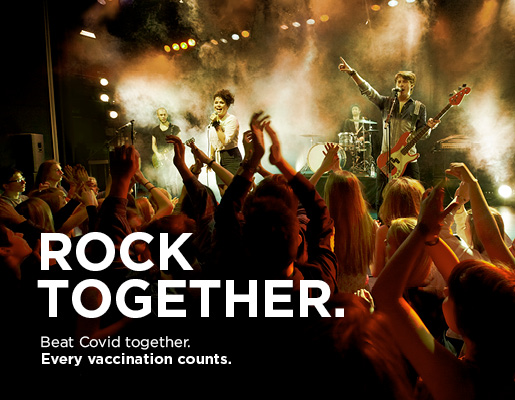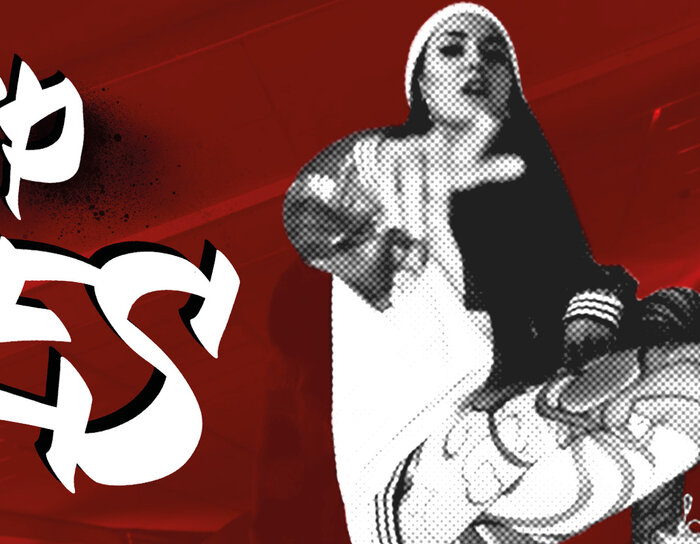Emma Exhibitor: You know what? I can actually see that. Simply because we’re thinking in the same direction for our own events. For example, this applies to our big executive conference. The anchor point for the event is a small studio, and our CEO will sit there too and be interviewed live. But the speakers are based all over the world and we’ll be doing digital work groups. From the tech standpoint it’s working pretty well, but we still have a few things to learn about dramatization. That’s no longer one-to-one like before. Something has really started to change there. And it will stay that way after COVID-19, too. But let’s take off the rose-colored glasses for a minute. Do you really think we still need all of the existing formats?
Tim Trade Fair: I have to say this quietly, but...of course not! From a value-creation perspective, formats will consolidate. If we’re bringing participants together who don’t really need to network with each other, then the format has poor chances of survival. What has to be our goal is being, remaining or becoming a truly meaningful hub for the industry in question.
Emma Exhibitor: But to come back to the point that you still have to fill your venues: Do you think that you’ll always be able to fill the floors with concepts like the “digital broadcasting station” or hybrid events? And won’t all those visitors who are now paying less hurt you, anyway?
Tim Trade Fair: Actually we’re currently thinking very hard about other ways to use the spaces. For highly professional digital broadcasting by exhibitors to their customers, for example, or for network maintenance or knowledge transfer for our guests. But we’re not naive, and obviously we’re also thinking about concepts that require less space. The cost pressure isn’t going to let up.
Emma Exhibitor: Ditto. And for us the question remains of how else we can use what we’ve saved on trade shows, showrooms, travel costs, etc. in order to generate profit. An in-house studio and more digitalization and video in marketing is one approach here. The intelligent program is something we’re still developing. By the way, a booth builder helped us with the backdrops – so with a green screen and variable adjustments.
Tim Trade Fair: Yeah, we’re talking about that, too. “The next-generation fair booth” – less meeting rooms, but with good broadcasting possibilities and planned for use with other forms of staging. Now dramaturgy and creativity are becoming part of the strategy.
Emma Exhibitor: That’s exactly right. The topic keeps becoming more and more comprehensive. Really it always comes down to a mix of commercial considerations, strategy, communication and creativity.
Tim Trade Fair: Yep, I’m right there with you. What we’d really need are partners who can cover both sides. Or at least specialists who work well together.
Emma Exhibitor: Ha! Dream on. That’ll never work. After all, business consultants and communications consultants are arch enemies. Everybody knows that; they wouldn’t give each other the time of day...

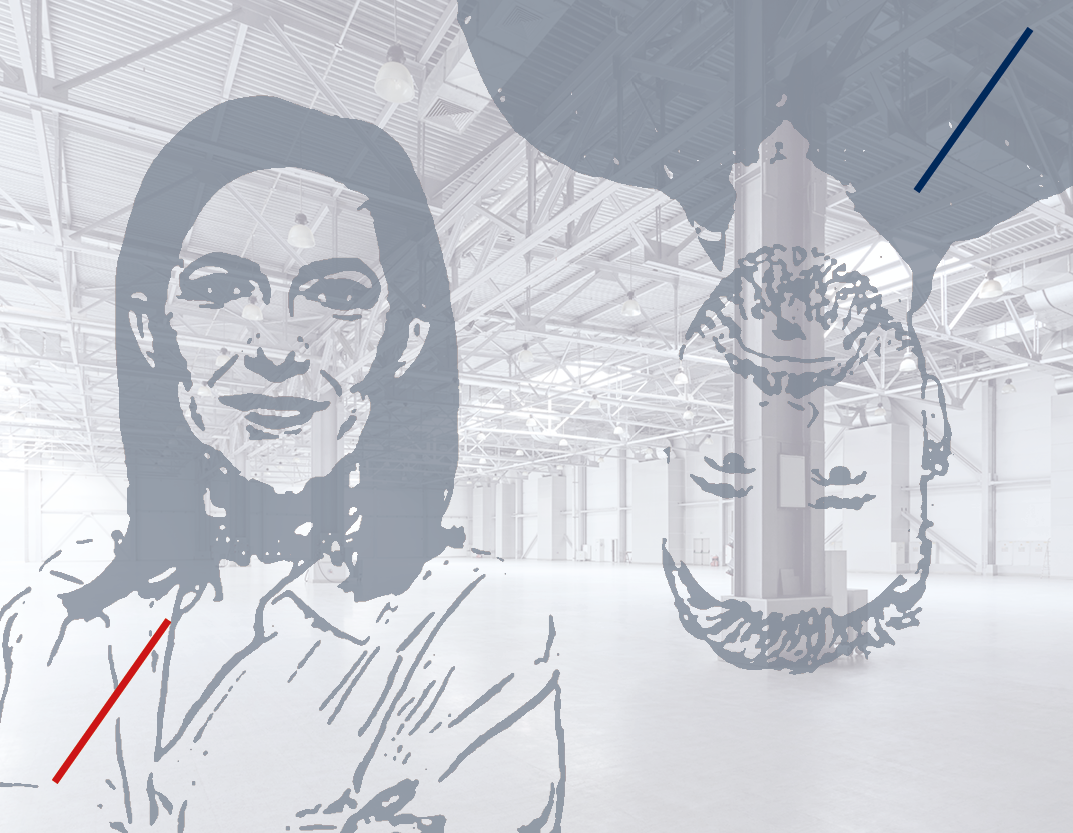
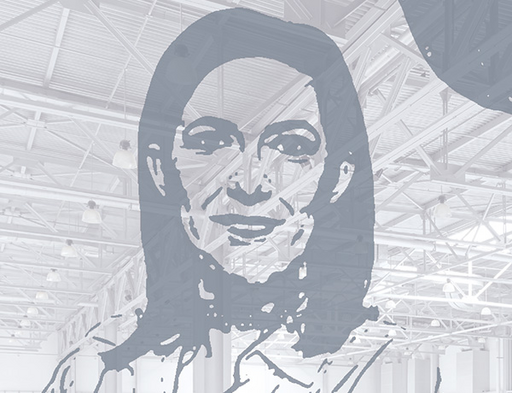
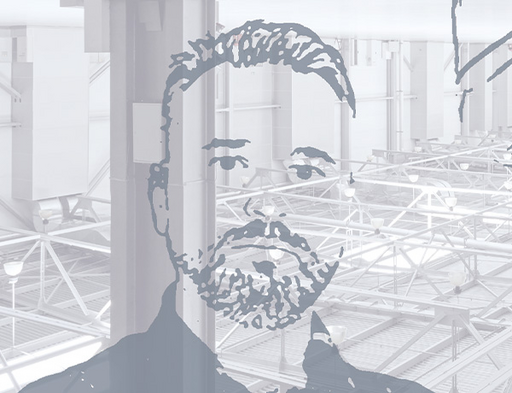
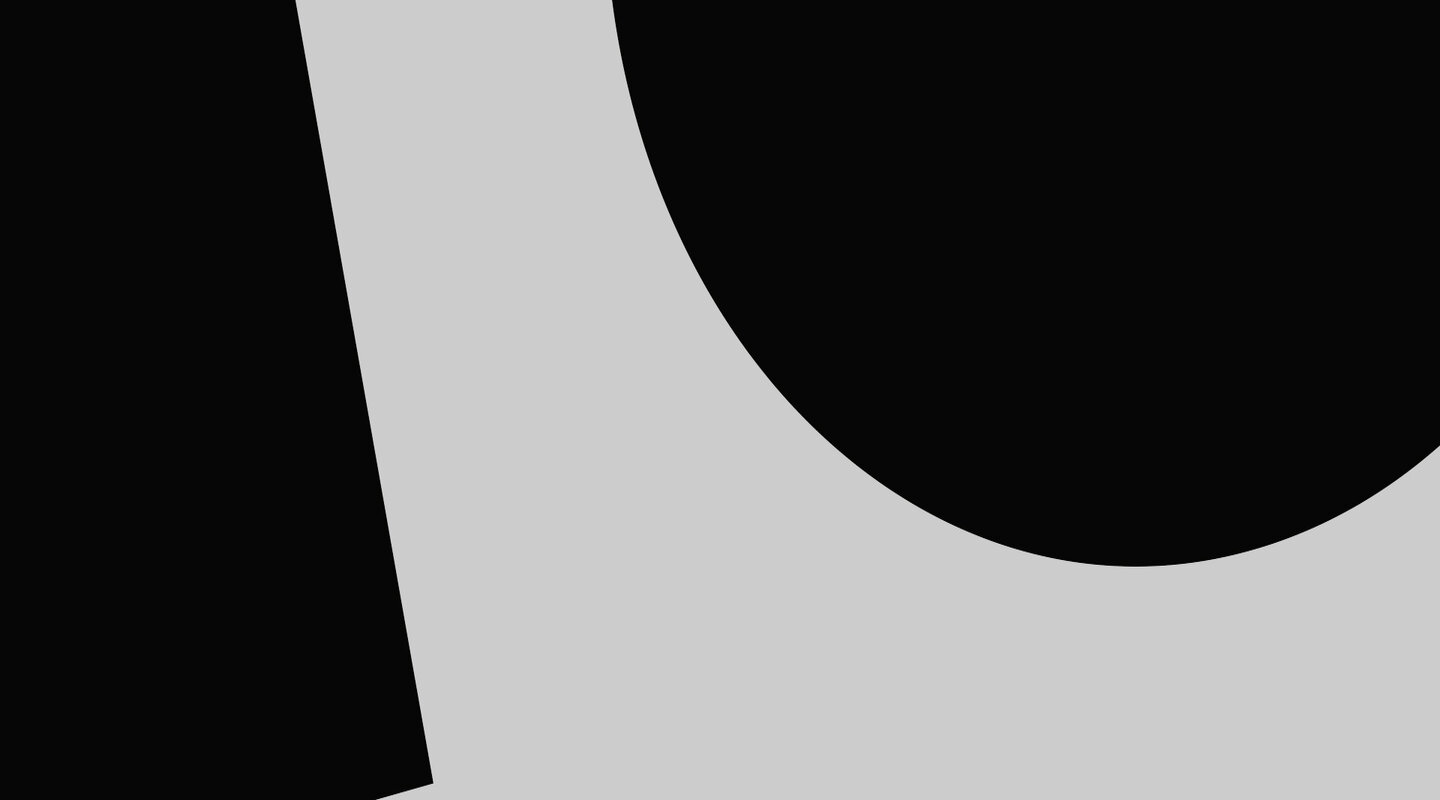
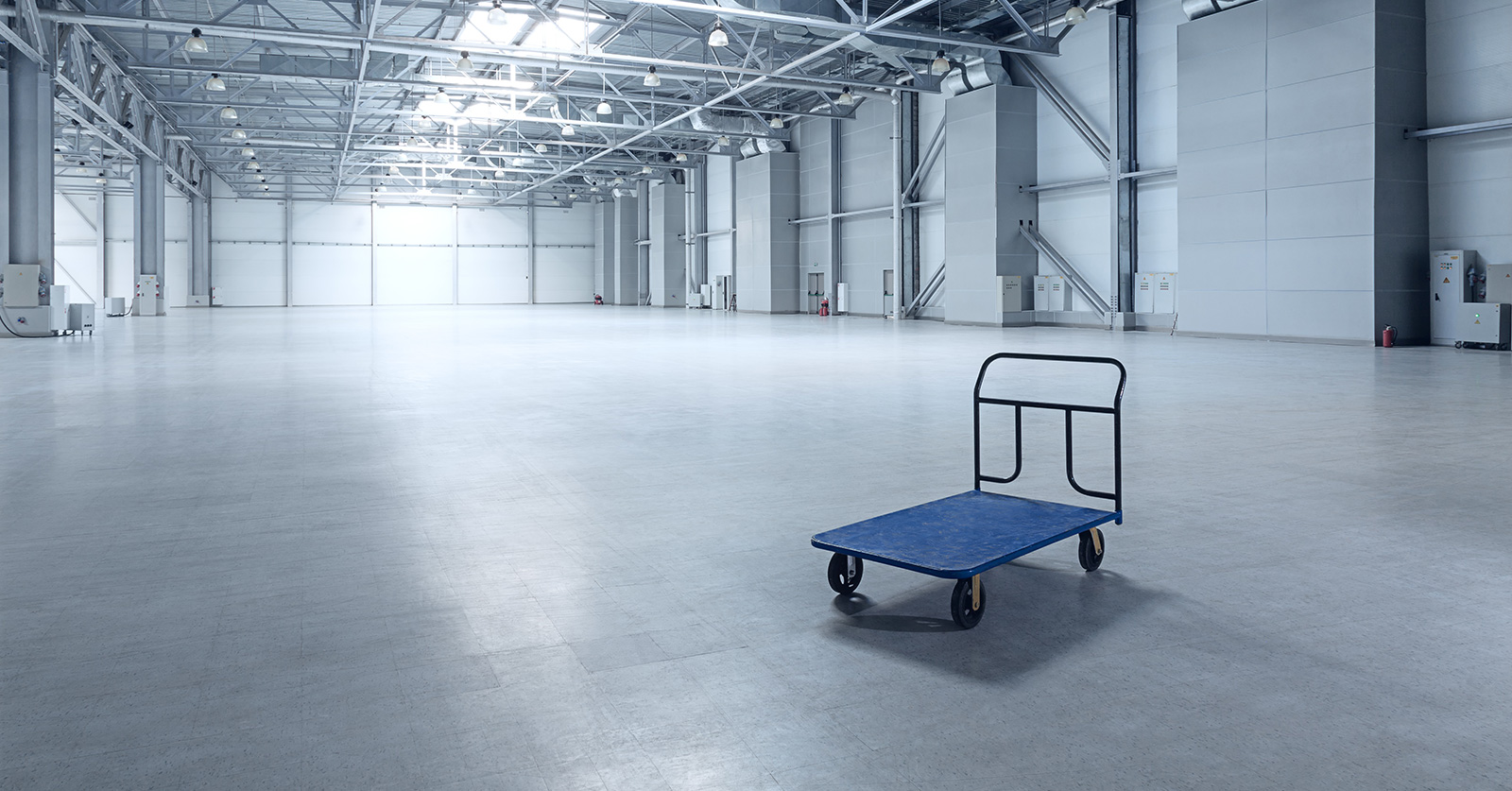

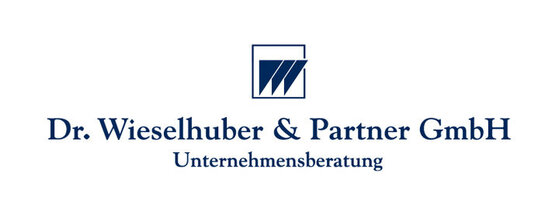
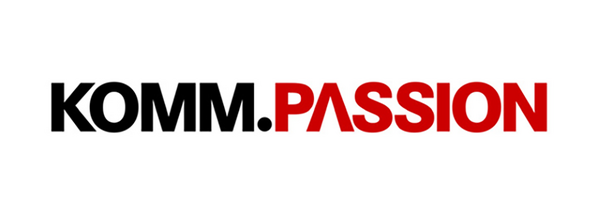
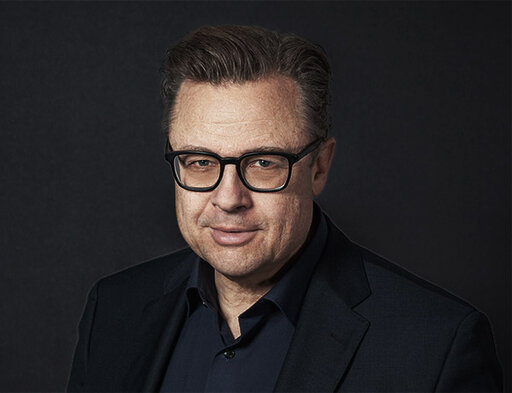
 KOMM-PASSION.DE
KOMM-PASSION.DE
